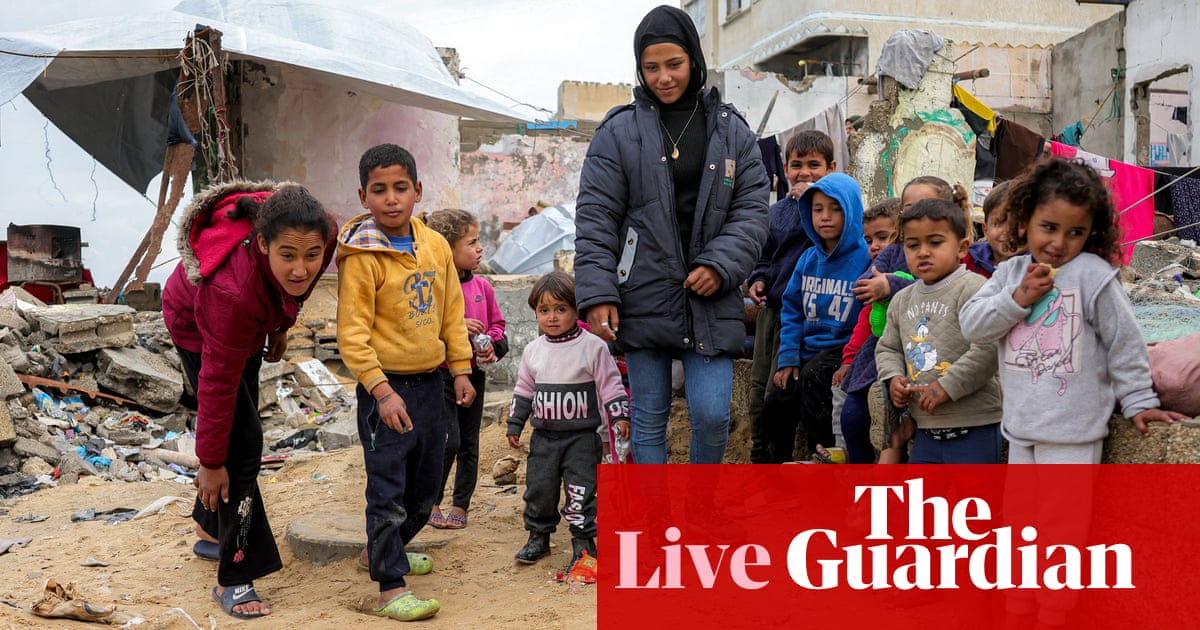WASHINGTON (TNND) — As the conflict between Russia and Ukraine approaches its third year, the objectives of both nations remain a focal point of international scrutiny.
Russian President Vladimir Putin previously stated that the invasion of Ukraine was to “fight fiercely for its future, repelling the aggression of neo-Nazis and their masters.” However, an analysis from the Council on Foreign Relations suggests that Russia’s goals include weakening Ukraine’s ties to NATO, suppressing Ukrainian nationalism, and expanding Russian territory.
Ukrainian President Volodymyr Zelenskyy has outlined his objectives in a “Plan for Victory” released last October. The plan emphasizes securing NATO membership, increasing Western military support, and forming strong security partnerships. Zelenskyy has rejected any peace deal that legitimizes Russia’s territorial claims but remains open to diplomacy on Ukraine’s terms, according to the Council on Foreign Relations.
The war has resulted in significant human and financial costs. The Office of the United Nations High Commissioner for Human Rights reported that more than 12,300 civilians, including 650 children, have been killed in Ukraine. The U.N. noted that this figure is likely an undercount, as it only includes deaths that have been verified.
Military casualties have also been substantial. The General Staff of the Armed Forces of Ukraine claims around 839,040 Russian troops have been killed, while an independent tally by the BBC in Russia estimates about 90,000 Russian troop deaths. Ukrainian losses are also significant, with President Zelenskyy announcing in December that 43,000 Ukrainian soldiers had died. U.S. officials told The New York Times in 2023 that 70,000 Ukrainian soldiers had died by August of that year.
Financially, the United States has committed nearly $183 billion to support Ukraine as of September 2024, according to the Special Inspector General. This funding includes resources for missiles, ammunition, combat vehicles, and economic and humanitarian assistance.
Article by:Source:














